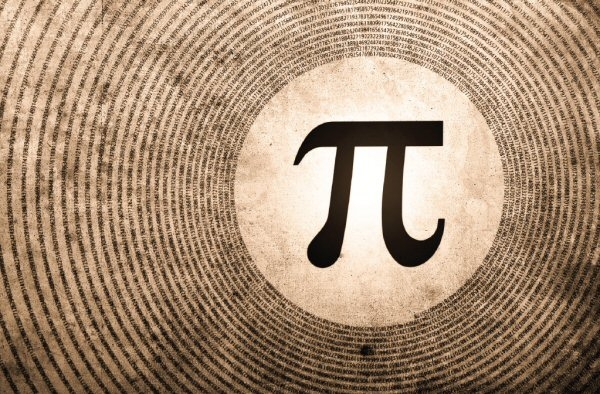Vishwaguru Bharat 11: Ancient India's Mathematical Prowess & discovery of 'Pi'
In the Sulba Sutras, a collection of ancient Indian mathematical texts dating back to the 6th century BCE, approximate values of Pi are mentioned.
Total Views |
The discovery of Pi , a mathematical constant representing the ratio of a circle's circumference to its diameter, is a testament to human ingenuity and the pursuit of understanding the natural world. Originating in ancient India, the discovery of Pi had profound significance in the ancient world, revolutionizing mathematical and geometric knowledge. The eleventh article of the series explores the origins of Pi in India and its transformative impact on the ancient world's mathematical landscape.

Ancient India's Mathematical Prowess
The origins of Pi can be traced back to the mathematical acumen of ancient Indian scholars. In the Sulba Sutras, a collection of ancient Indian mathematical texts dating back to the 6th century BCE, approximate values of Pi are mentioned. These values were used in constructing fire altars with precise dimensions. The concept of Pi, while not explicitly named as such, was implicitly understood through these calculations.
Aryabhata's Contributions
One of the most significant contributions to the discovery of Pi came from the renowned Indian mathematician and astronomer Aryabhatta. In his seminal work, the "Aryabhatiya," written around 499 CE, Aryabhata offered an accurate approximation of Pi, equivalent to √10 or approximately 3.1622. This approximation was a groundbreaking revelation, showcasing the profound mathematical insights of ancient Indian scholars.
Significance of Pi in Ancient Mathematics
The discovery of Pi held immense significance in the realm of ancient mathematics. It revolutionized geometric calculations, enabling more accurate and sophisticated measurements of circles and their properties. This, in turn, had far-reaching implications for various mathematical disciplines, including geometry, trigonometry, and calculus.
Architectural and Engineering Applications
The accurate understanding of Pi had practical applications in architecture and engineering in the ancient world. In India, the use of circular structures and designs was prevalent in temple architecture. The precise calculation of Pi allowed architects and builders to construct magnificent and symmetrical structures that incorporated circular motifs, showcasing the seamless integration of mathematics and art.
Global Dissemination of Pi
The discovery of Pi in India did not remain confined to its borders. Through trade, cultural exchanges, and the dissemination of knowledge, this mathematical concept spread across the ancient world. The transmission of mathematical ideas was facilitated by trade routes, which connected India to the Middle East, Central Asia, and beyond. As these ideas traveled, they influenced the mathematical developments of other civilizations.
The Legacy of Pi in the Ancient World
The significance of Pi in the ancient world extended beyond mathematics to various fields. In ancient Egypt, the use of an approximate value for Pi was evident in their architectural designs and calculations related to the construction of pyramids. The concept of Pi also found its way into ancient Greek mathematics, where scholars like Archimedes approximated its value using polygons. This approximation, along with contributions from other mathematicians, played a role in the development of ancient Greek geometry.
Transformation of Mathematical Thought
The discovery of Pi served as a catalyst for the transformation of mathematical thought in the ancient world. The precision and accuracy that the concept brought to geometric calculations elevated the sophistication of mathematical inquiry. This advancement paved the way for further developments in mathematics, laying the groundwork for future generations of mathematicians to build upon.
The discovery of Pi in ancient India was a mathematical triumph that reverberated across the ancient world. The accurate calculation of this mathematical constant had far-reaching implications, influencing fields as diverse as geometry, architecture, and engineering. The insights of ancient Indian mathematicians like Aryabhata continue to inspire awe and admiration, underscoring the timeless and universal nature of mathematical truths. The discovery of Pi was not merely a numerical revelation; it was a testament to the human capacity for intellectual exploration and a milestone in the evolution of human knowledge. As we continue to unravel the mysteries of mathematics and the universe, the legacy of Pi remains a beacon of inspiration for the pursuit of understanding and discovery.
--

